Learning to Fly
- tiffanimspeed
- Mar 10, 2024
- 5 min read
Updated: Aug 6
Animal Spirit Animals
The Exquisite Lore of Animal Totems: A Journey through History and Significance
The world is a rich tapestry of cultures and beliefs, and one of the most captivating elements woven into this diverse fabric is the lore of animal totems. Animal totems are powerful symbols that transcend time and culture, bridging the gap between the physical and spiritual worlds. They have been a part of human civilization since time immemorial, their significance etched in the annals of history, and their importance growing with every passing era.
The Native Americans, for instance, deeply revered the natural world, believing that each animal carries unique traits and spiritual energy that can guide human behavior and decision-making. This belief was not exclusive to the Americas; it was mirrored in African, Asian, and European societies, albeit expressed differently.
In ancient Egypt, animals were considered sacred, with gods often depicted with animal heads. The Celts, too, believed in animal symbolism and spirit guides. The wolf, for example, was a symbol of transformation and learning. In Asian cultures, animals like the dragon, tiger, and phoenix have been emblematic of power, prosperity, and rebirth.
The importance of animal totems lies in their ability to guide and inspire. They serve as a mirror to our inner selves, reflecting our strengths and weaknesses, and helping us navigate the complexities of life. By embodying the characteristics of our totem animal, we can aspire to lead a life of balance and harmony with nature. Animal totems also foster a sense of community and belonging. They are often central to cultural ceremonies and rituals, uniting people in shared belief and purpose. They serve as a reminder of our connection to the earth, urging us to respect and protect the natural world.
The lore of animal totems is not static; it evolves with society, adopting new meanings and symbolism. Today, many people turn to animal totems for personal growth and self-discovery. They provide a spiritual compass, guiding individuals on their journey of self-improvement and enlightenment. The history, importance, and lore of animal totems underscore the profound bond between humans and the animal kingdom. They remind us of our shared existence on this planet and our responsibility to protect it. Respecting and understanding animal totems is more than just an exploration of cultural history; it is a step towards a more empathetic, altruistic, and harmonious world.
LETS TAKE TO THE SKIES
Bats are often misunderstood due to their association with darkness, but in many cultures, they are seen as symbols of intuition, dreaming, and rebirth. In Chinese culture, the bat is a symbol of happiness and joy. The Native Americans viewed the bat as a creature that was highly sensitive to its surroundings and thus considered it a symbol of intuition, dreaming and vision. This made the bat a powerful symbol for Native American shamans who sought to acquire its keen senses.
The eagle, with its majestic flight and keen eyesight, is revered as a powerful creature of the sky. In Native American culture, the eagle is a sacred messenger, carrying prayers to the Creator and returning with gifts and visions. Freedom, strength, and courage are all spiritual attributes associated with the eagle. The eagle has a connection with the divine as it is believed to soar high enough to touch the face of the Creator.
Often grouped together, ravens and crows hold a special place in the lore of many cultures. In Norse mythology, Odin, the god of wisdom, war, and poetry, was often depicted with two ravens named Huginn (thought) and Muninn (memory), who would fly across the world and bring back information to him. They represent insight and intellect. In Native American cultures, the raven is a trickster, symbolizing change and transformation.
Crows, on the other hand, are considered symbols of life magic and mysteries. They also symbolize intelligence, flexibility and destiny.
The owl is a night bird, and it has been associated with wisdom and knowledge in many cultures because of its ability to see in the dark. In Greek mythology, the owl is associated with Athena, the goddess of wisdom. Owls are also seen as symbols of mystery, intuition, and spiritual insight. In some Native American tribes, they are seen as harbingers of change and transition.
Each of these birds holds a unique place in the lore of different cultures, and they all offer rich symbolism and spiritual significance. They remind us of the deep and intricate connection we share with all living creatures and the spiritual insights they bring into our lives.
The peacock, with its dazzling plumage, is a symbol of beauty, royalty, and self-confidence. In Hinduism, the peacock is associated with the deity Lakshmi, who represents patience, kindness, compassion, and good luck. It is also said to embody the cosmos, with each of its eyes on its tail feathers representing the stars in the sky.
Robins, with their cheerful red breasts, symbolize the joy and renewal of spring. In European folklore, they are often associated with the New Year and are considered harbingers of change. They are also symbols of passion, transformation, and new beginnings. Seeing a robin is often viewed as a good omen.
Cranes are revered in many cultures for their grace and longevity. In Japan, they're symbols of luck, longevity, and fidelity. A thousand origami cranes strung together is a traditional wedding gift that wishes a thousand years of happiness and prosperity upon the couple. In Greek and Roman myth, cranes are heralds of spring and light, and are associated with the sun god, Apollo.
Hummingbirds are often seen as healers and bringers of love, good luck and joy. In Native American culture, hummingbirds are seen as tireless seekers of sweetness, symbolizing the enjoyment of life and lightness of being. Their extraordinary flight abilities, including hovering and flying backwards, also make them symbols of adaptability and resilience.
Universally, the dove is a symbol of peace, love, and tranquility. In Christian iconography, a dove also symbolizes the Holy Spirit. In Greek mythology, the dove was associated with Aphrodite, the goddess of love, who traveled in a chariot drawn by doves.
Flamingos, known for their vibrant pink color and communal living, symbolize balance, community, and cooperation. They also represent beauty, balance, and grace. In ancient Egypt, the flamingo represented the god Ra, one of the sun gods.
These birds, each unique and exquisite in their own right, carry deep spiritual meanings that have been woven into the tapestries of various cultures throughout history. They serve as reminders of the interconnectedness of nature and humanity, and of our shared responsibility to cherish and protect this precious world we inhabit.
"What if I Fall? Oh but my Darling, what if you Fly?"
-Love, Tiffani








































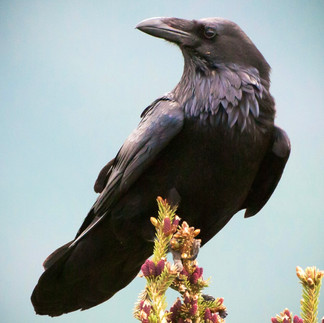



































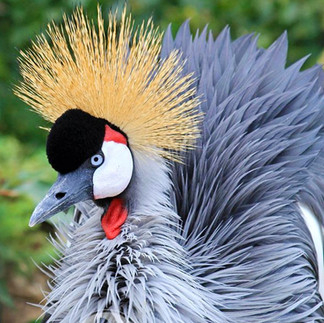





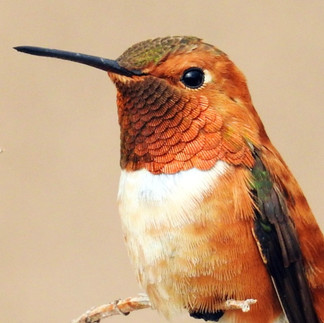





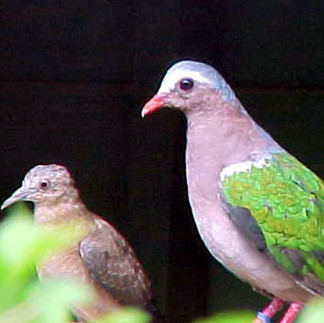








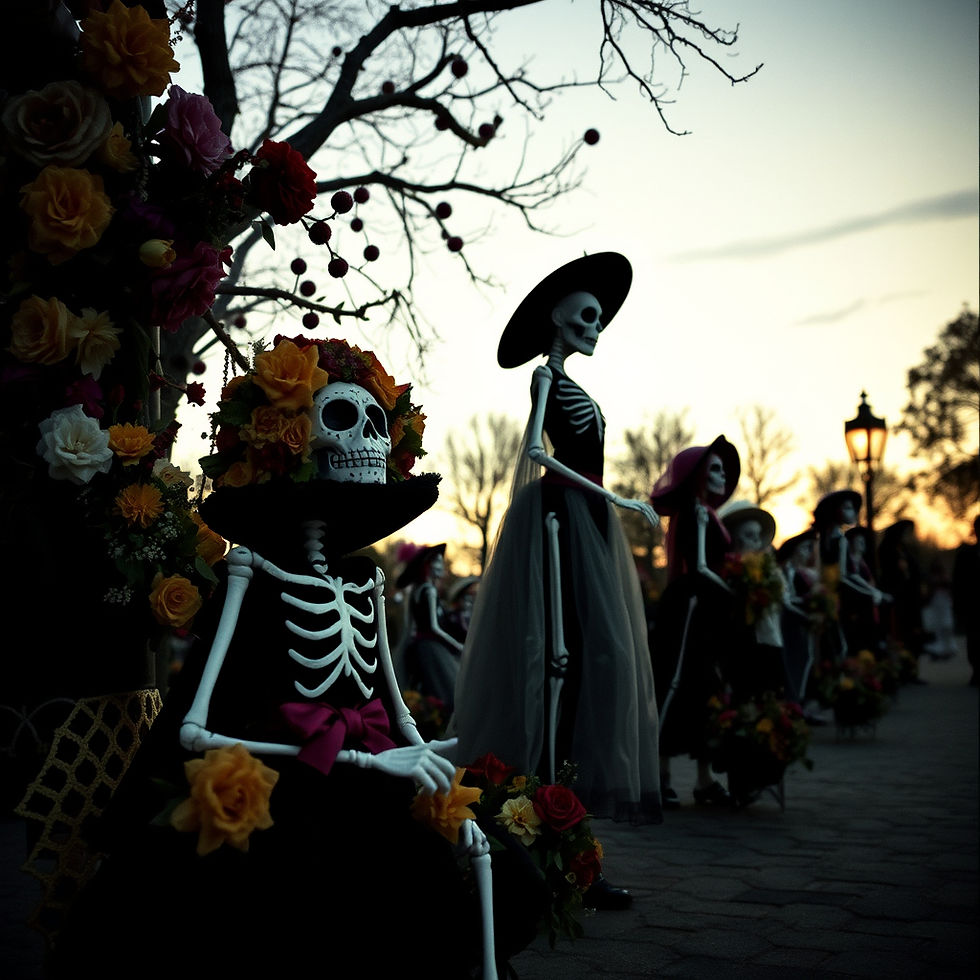
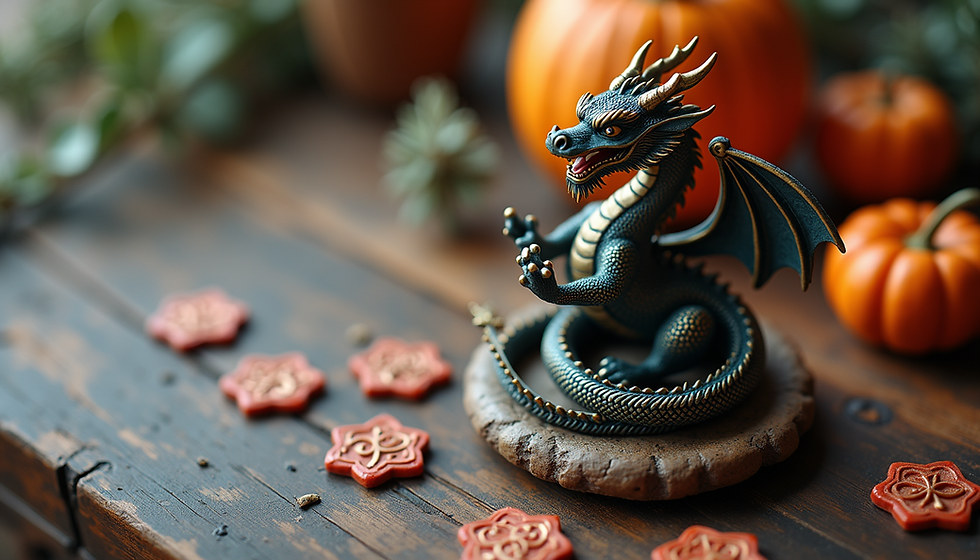

This is very insightful. Thank you